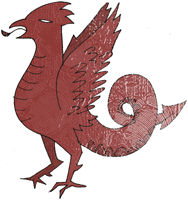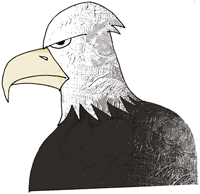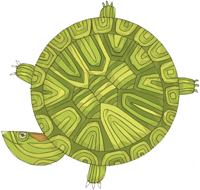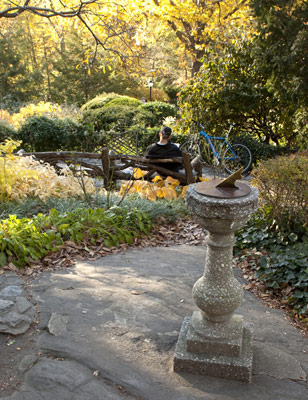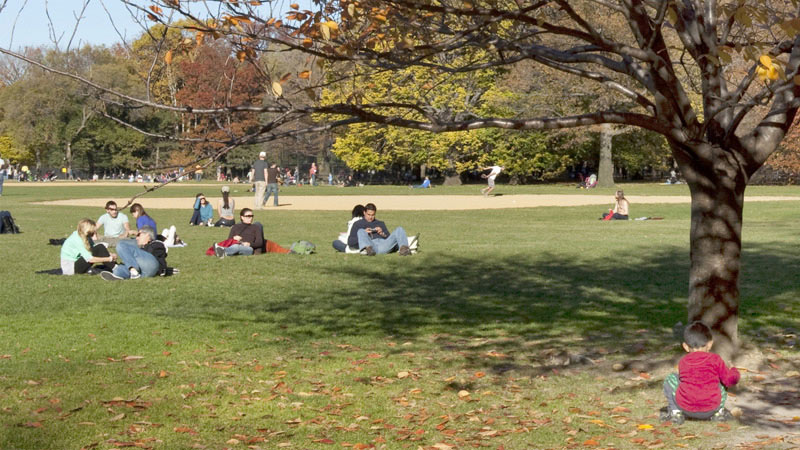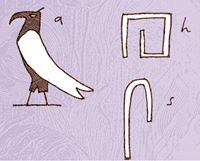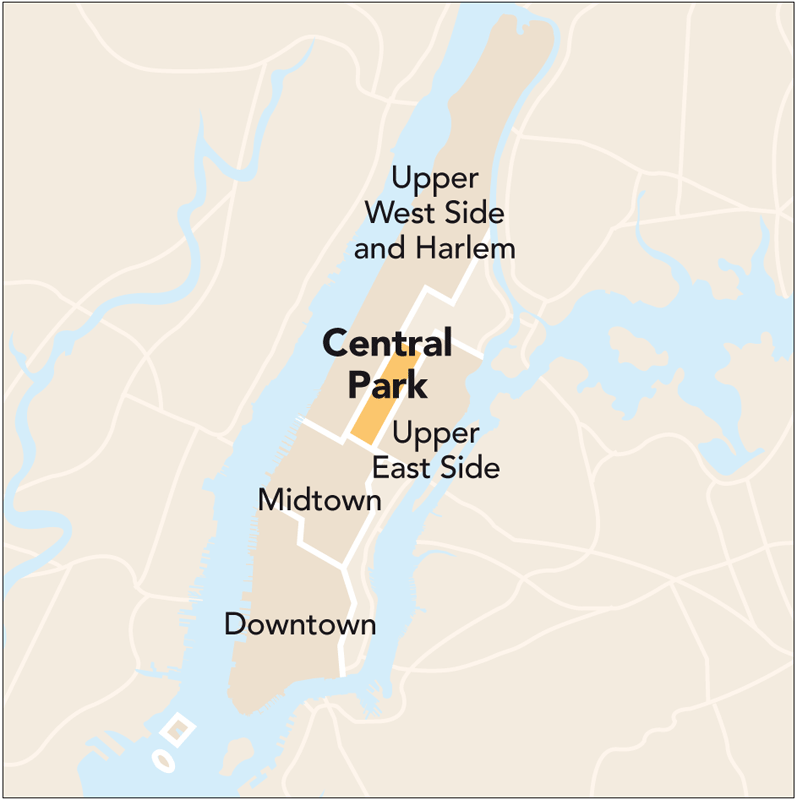

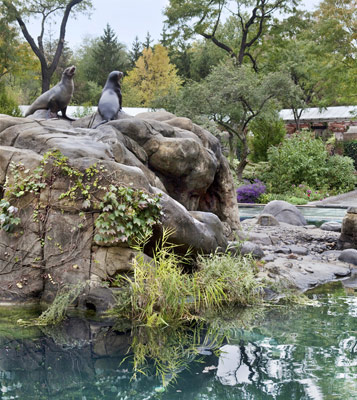
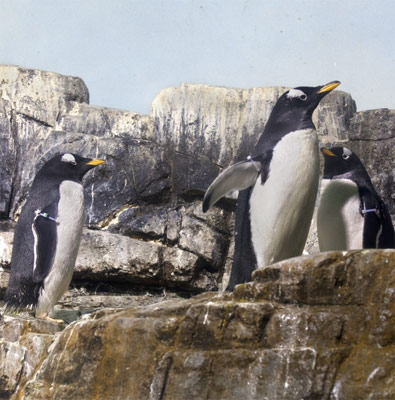

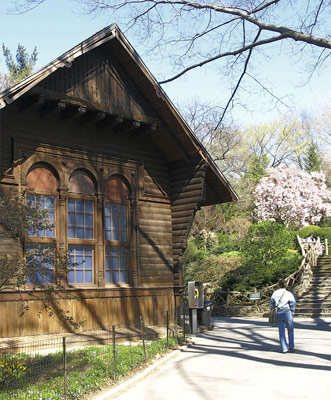
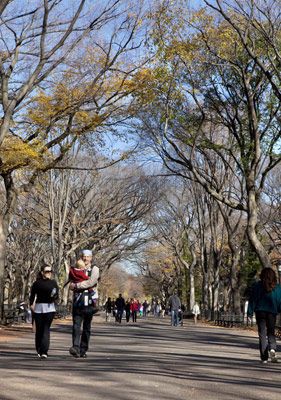
4. Balto Statue and Literary Walk

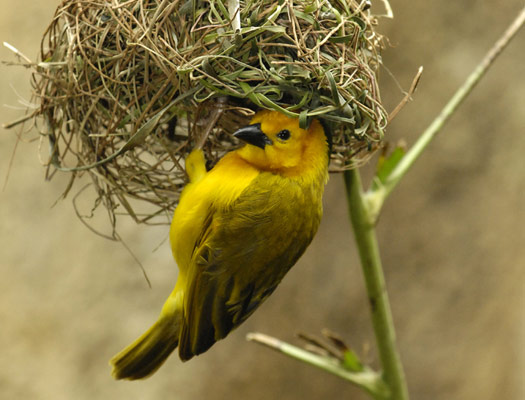
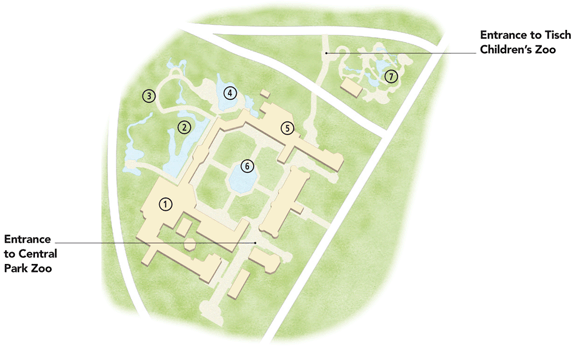
1. Tropics House Spot huge tortoises, colorful birds, colobus monkeys, and tiny lion-headed tamarins inside this steamy tropical zone, teeming with African and South American flora and fauna.
2. Snow monkeys Native to Japan, they live on a rocky island herein large groups of 500. The average group size falls between 40 to 200. The zoo features a hot tub and pond as part of its snow monkey exhibit.
3. Snow leopards Occupying a rugged evergreen habitat that re-creates the environment of their Central Asian home, these cats are most active in the early morning and late afternoon.
4. Polar bears Watch this endangered Arctic giant sunbathe on the rocks, play with balls and giant tubes, or do flipturns under the water, pushing off from the glass viewing screen.
5. Penguins The Polar Circle exhibit is home to four penguin species: gentoo, chinstrap, and king. See these Antarctic birds being hand-fed fish or torpedoing through the water gracefully.
6. Central Garden and Sea Lion Pool Watch California sea lions swim elegantly in their glass-enclosed habitat. Do not miss feeding time, when they show off their diving and other fish-earning skills.
7. Tisch Children’s Zoo Part of Central Park Zoo, the tiny pond here is bursting with turtles, koi, and ducks. In the eastern part of the zoo, kids get to pet and feed the friendly sheep and llamas.

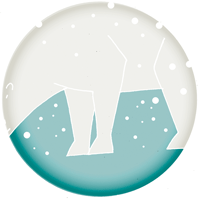
a They grow to be about 7 ft (1.85 m) long.
b They’ve got thick brown fur.
c They’re found only in the waters of the Pacific along the west coast of North America.
d They have small ear canals behind their eyes.

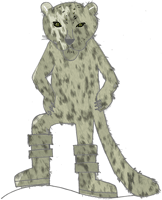
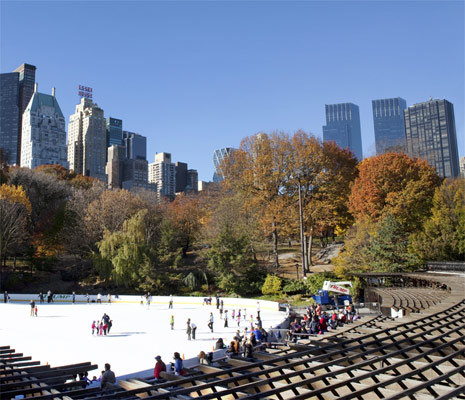
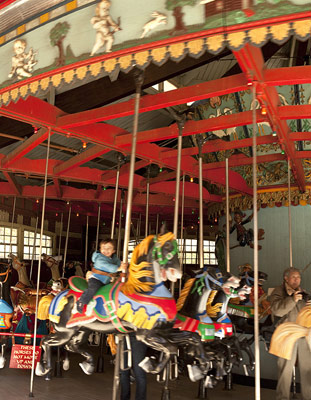

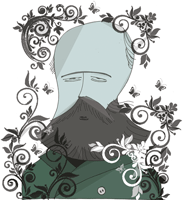
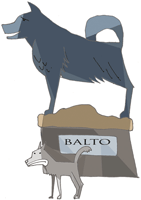

4. Alice in Wonderland and Hans Christian Andersen Statues
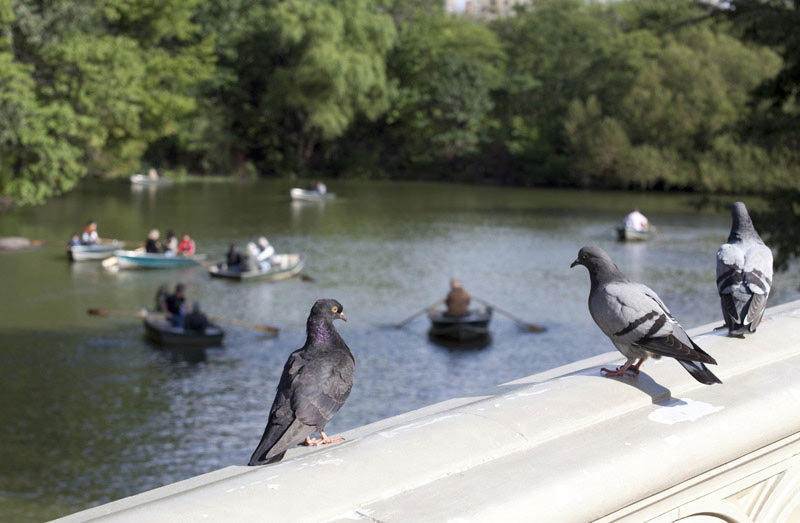
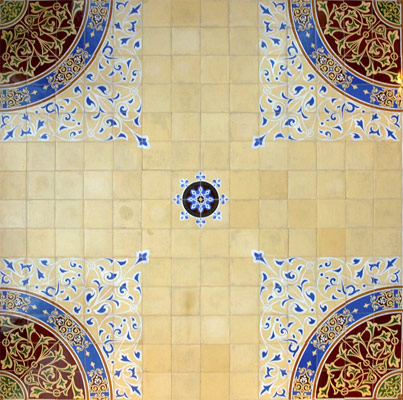

1. Central Park Lake Created from swampland and excavated by manual labor, this lake was designed to look natural, and is great to explore by boat.
2. Bethesda Arcade Decorated in Moorish style with an ornate tiled ceiling, this covered passageway, which runs under the 72nd Street Transverse Road, connects the lower terrace with the Mall.
3. Lower terrace The plaza on the lower terrace is paved with Roman-style bricks in a herringbone pattern.
4. Upper terrace Flanking the 72nd Street Transverse, this terrace offers fine vistas of the plaza and the fountain below.
5. Angel of the Waters The fountain’s striking angel was unveiled in 1873. The pool is populated with papyrus, water lilies, and lotus in summer.
6. Loeb Boathouse dock Just behind the Boathouse is a long wooden dock filled with rowboats for rent.
7. Bow Bridge The majestic cast-iron bridge over Central Park Lake, co-designed by Jacob Wrey Mould and Calvert Vaux, was completed in 1862. It connects Cherry Hill on one side with the woodlands known as The Ramble on the other.

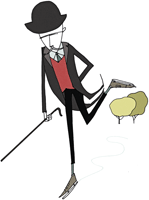
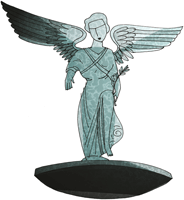
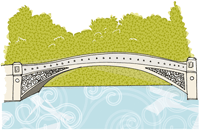
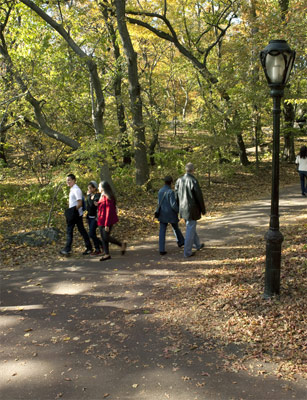
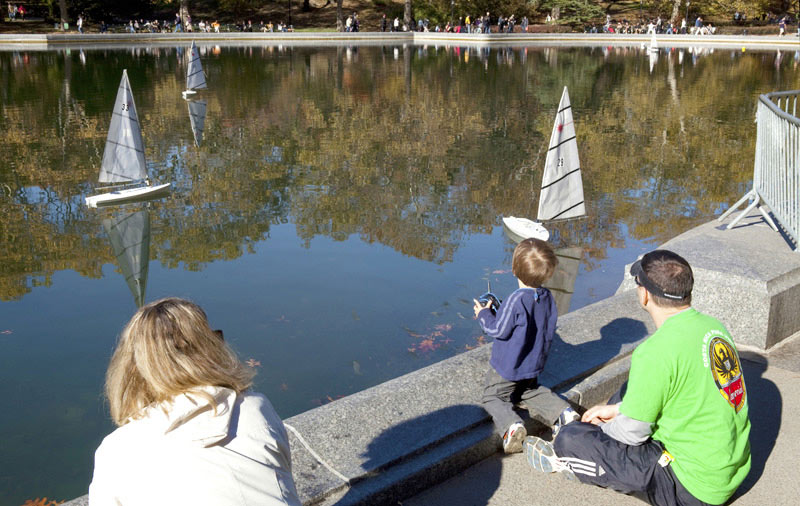
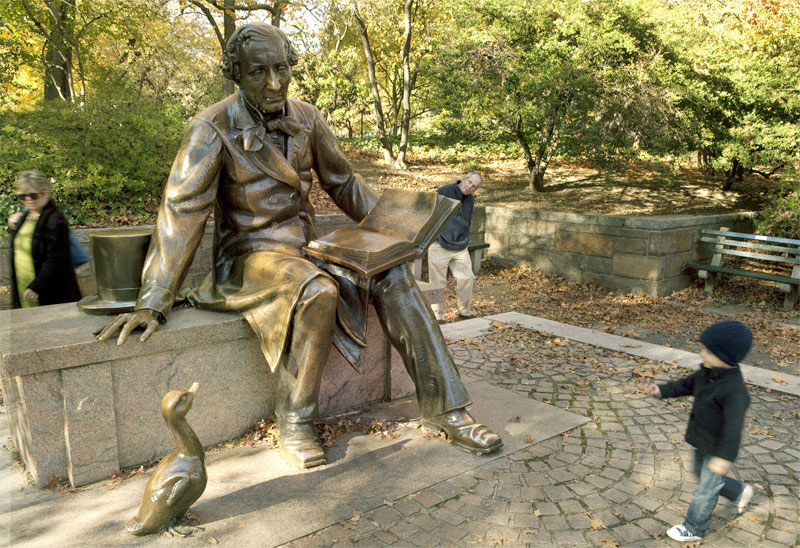

4. Great Lawn and Jacqueline Kennedy Onassis Reservoir
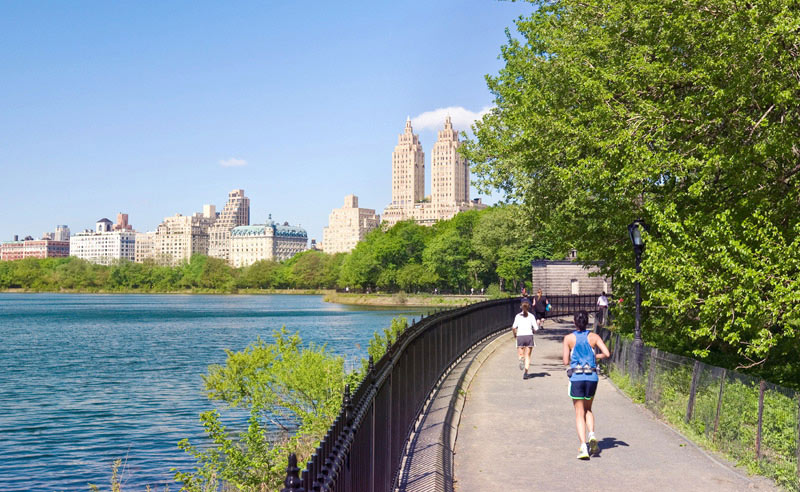
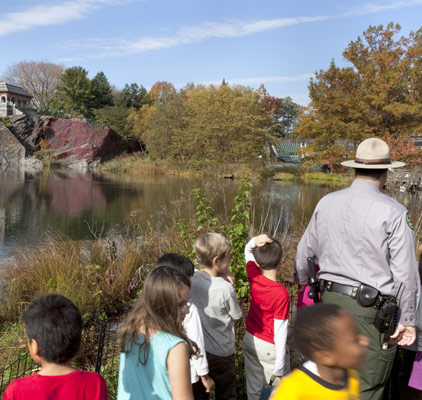

1. Observation deck Providing gorgeous views of the park, this open-air platform is one of the best places to watch the fall migration of birds of prey, between September and November.
2. Wooden pavilion
3. Turtle Pond
4. Vista Rock
5. Papier-mâché birds On the second floor of the Henry Luce Nature Observatory is a collection of papier-mâché bird models showcasing all the bird species found in the park.
6. Weather video For decades, the Central Park weather station was based inside the castle. Today, a video on the second floor relays up-to-date weather data gathered by a new, automated contraption nearby.
7. Facade The castle was built in Victorian Gothic style from a stone known as Manhattan schist, which also makes up Vista Rock, on which the castle sits. The light-colored stone trim is granite.

